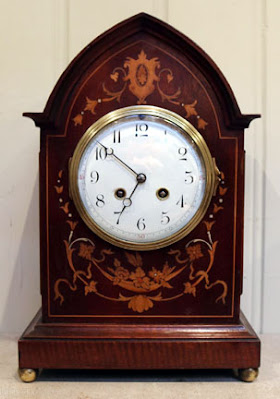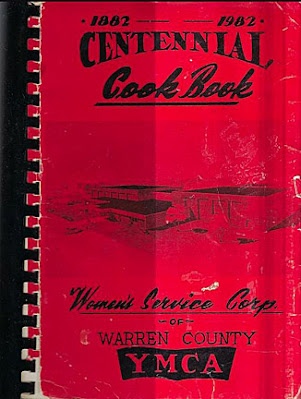 QUESTION: I really admire the workmanship and beauty of antique furniture, but I live on a budget, so collecting it seems to be out of my reach. How can I start purchasing antique furniture to begin my collection?
QUESTION: I really admire the workmanship and beauty of antique furniture, but I live on a budget, so collecting it seems to be out of my reach. How can I start purchasing antique furniture to begin my collection?
ANSWER: Even though you’re on a budget, it’s still possible to buy some antiques. The place not to start is in antiques stores and shows. Instead, search out consignment and thrift shops for pieces from the late 19th to early 20th century. And since the legal definition of an antique is an object that is at least 100 years old, that means that furniture dating to the early 1920s falls within the antique realm.
Another place to search for pieces is in used furniture stores. While there are fewer of them today, it’s still possible to find one or two. Look for pieces that can be used or repurposed to fit into today’s lifestyle without changing them significantly.
 If you’re a beginning collector interested in antique furniture, the old saying holds true: "Buy what you like and can live with, buy the very best you can afford, buy from reputable dealers with experience, and if you do all these things your investment will continue to appreciate."
If you’re a beginning collector interested in antique furniture, the old saying holds true: "Buy what you like and can live with, buy the very best you can afford, buy from reputable dealers with experience, and if you do all these things your investment will continue to appreciate."
Antique furniture covers a wide range of types, designs, historical periods and styles—American, English, Continental (German and French) and Asian. All have their following, and within each of these classifications are sub-classifications indicating both style and historical period. Practically, antique furniture can be considered as English, European, American, and Chinese.
 Wood type-mahogany, walnut, oak and pin predominate—significantly affects value in antique furniture. The type of furniture, practicality, hardware and construction details are also important in determining value as is the originality of all the composite parts. Many pieces of antique furniture have replacement panels or have had hardware added due to breakage. This lowers the value of a piece considerably. Also, many owners of antique furniture use lemon oil under the misguided belief that it helps preserve the wood and therefore enhances its value. This can’t be farther from the truth. All lemon oil does is dry out the wood, darken the patina, and decrease a piece’s value. The only polish that should be used is pure beeswax. Before purchasing a piece of antique furniture, rub it to see if an oily film is left on your hand.
Wood type-mahogany, walnut, oak and pin predominate—significantly affects value in antique furniture. The type of furniture, practicality, hardware and construction details are also important in determining value as is the originality of all the composite parts. Many pieces of antique furniture have replacement panels or have had hardware added due to breakage. This lowers the value of a piece considerably. Also, many owners of antique furniture use lemon oil under the misguided belief that it helps preserve the wood and therefore enhances its value. This can’t be farther from the truth. All lemon oil does is dry out the wood, darken the patina, and decrease a piece’s value. The only polish that should be used is pure beeswax. Before purchasing a piece of antique furniture, rub it to see if an oily film is left on your hand.
 Begin by purchasing small pieces, gradually building up to larger more expensive—and thus more valuable—pieces as you expand your collection and your budget. While antique furniture made before 1830 should be purchased with its original patina. However, it’s acceptable to buy Victorian and later pieces with their finishes cleaned or restored. Some furniture styles, like Biedermeier from Austria, actually increase in value once they are restored.
Begin by purchasing small pieces, gradually building up to larger more expensive—and thus more valuable—pieces as you expand your collection and your budget. While antique furniture made before 1830 should be purchased with its original patina. However, it’s acceptable to buy Victorian and later pieces with their finishes cleaned or restored. Some furniture styles, like Biedermeier from Austria, actually increase in value once they are restored.
To read more articles on antiques, please visit the Antiques Articles section of my Web site. And to stay up to the minute on antiques and collectibles, please join the over 30,000 readers by following my free online magazine, #TheAntiquesAlmanac. Learn more about "In the Good Ole Summertime" in the 2024 Summer Edition, online now. And to read daily posts about unique objects from the past and their histories, like the #Antiques and More Collection on Facebook.
















































